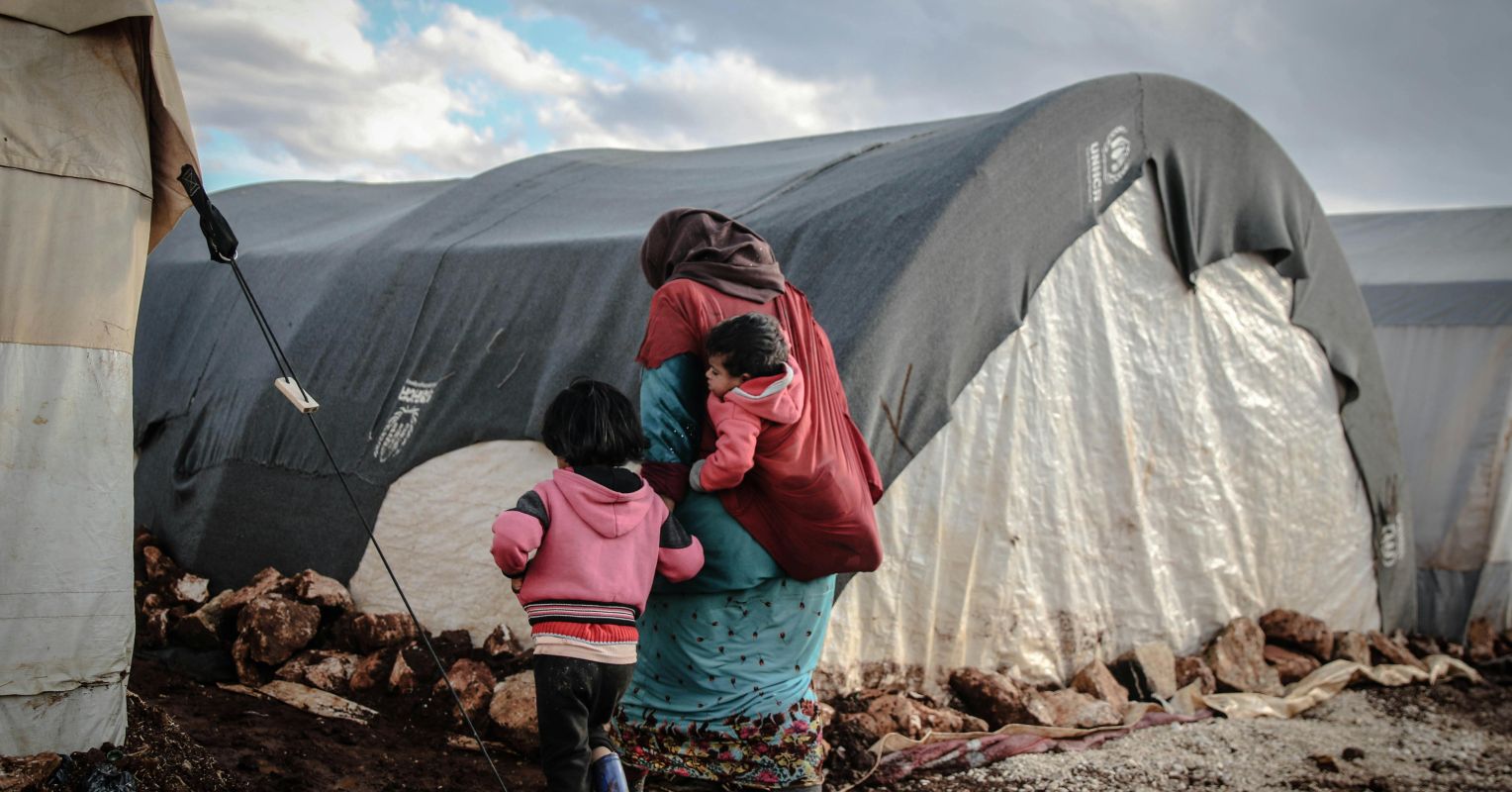
"Media representations often make use of sensationalist headlines and stories that represent migrants as victims, threats, or burdens, failing to portray them as human beings."
"The relentless hostility of the language and images used by the media disrupts societal cohesion and reinforces social inequalities, directly affecting the identity and well-being of migrants."
"Entman's framing theory illustrates how journalists emphasise certain aspects of a story to influence readership's interpretation and reaction, using keywords and symbols that promote a particular perspective."
"Findings from a study on UK press articles revealed that newspapers employed misleading terms like 'illegal refugees' and 'genuine immigrants', demonstrating negative bias against migrants."
Newspapers frame migrants and refugees using sensationalist narratives that depict them as victims, threats, or burdens, often omitting the broader political context of their experiences. The hostility of media language disrupts societal cohesion and influences public perception, reinforcing negative stereotypes and social inequalities. Framing theory explains how journalists emphasise certain aspects of stories, shaping audience interpretation through selective use of language and imagery. An analysis of UK press from 1996 to 2005 reveals a prevalence of misleading terms that bias public perception against migrants and refugees, affecting their sense of identity and well-being.
Read at Psychology Today
Unable to calculate read time
Collection
[
|
...
]